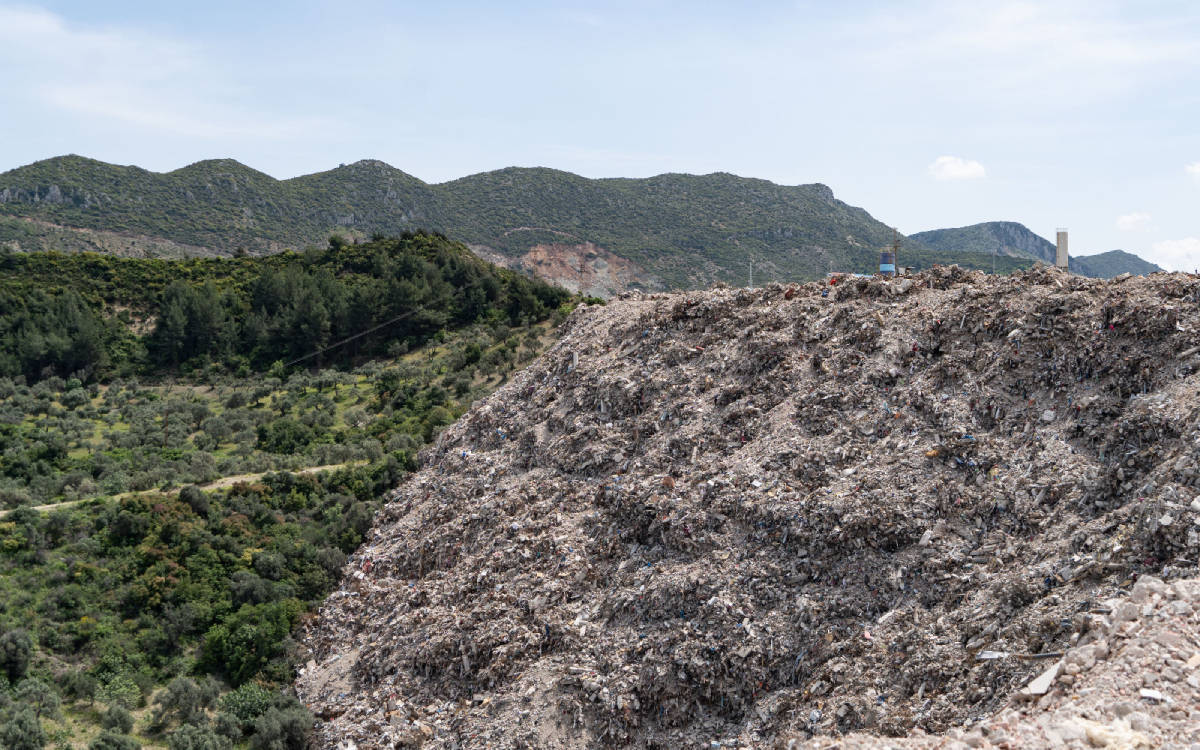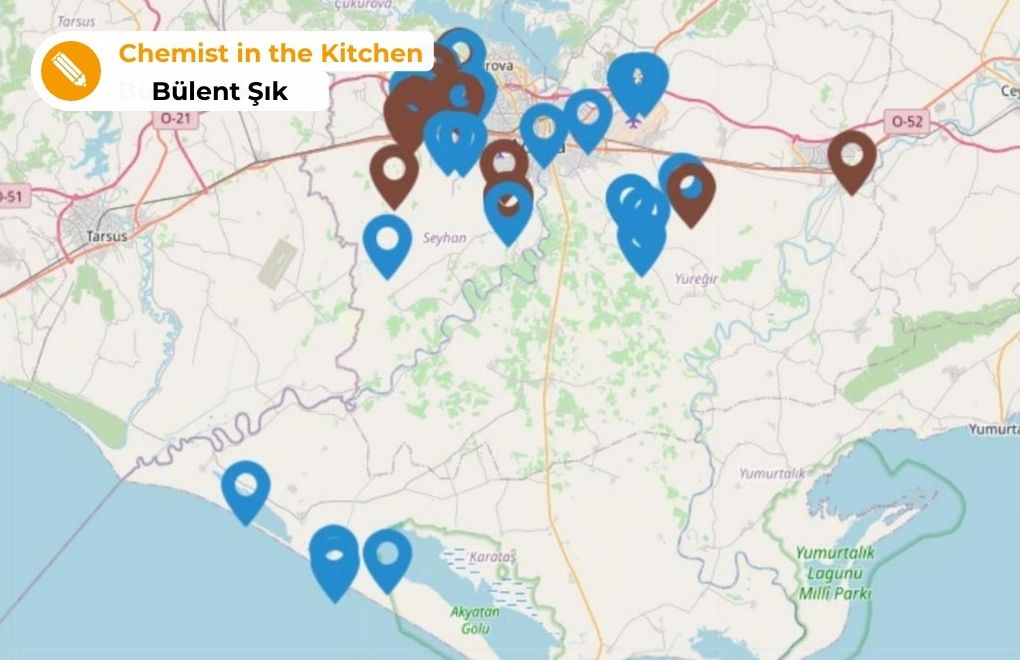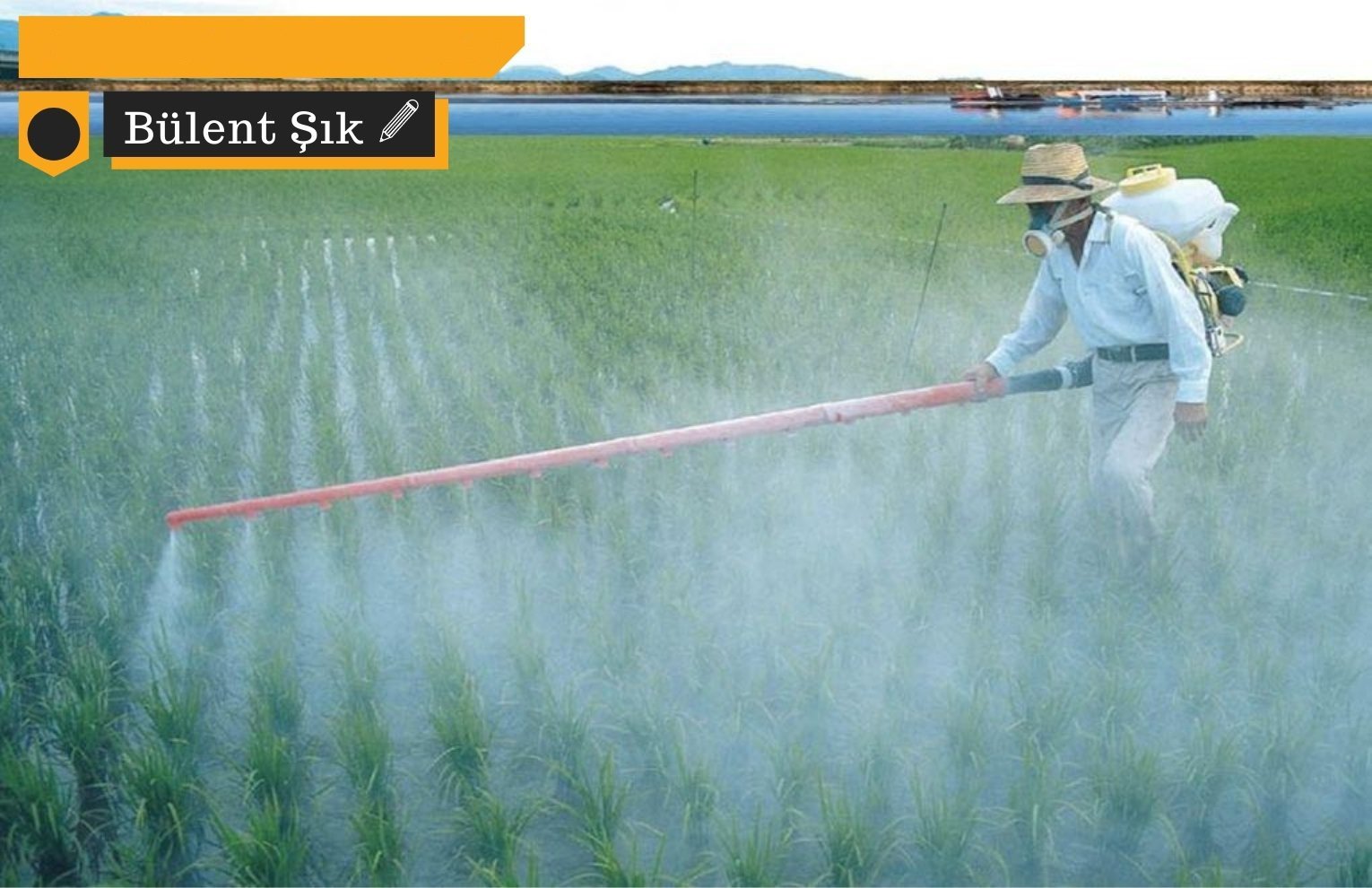Does olive oil produced in quake-affected regions contain asbestos?


Asbestos, also known as white earth, is a fibrous material highly resistant to heat, wear, and chemicals.
Asbestos is a carcinogenic substance, and its production and use in our country were banned in 2010. However, before this date, asbestos could be used in cement, construction materials, heating, and insulation materials. Therefore, it is known that exposure to asbestos occurs in workplaces during the removal, demolition, repair, maintenance, and recycling of asbestos-containing materials.
Asbestos is a substance that, when airborne and inhaled, can cause health problems in the lungs. Conducting earthquake debris removal operations without taking measures to protect public health is a problem. Especially the risks associated with the inhalation of asbestos particles dispersed into the air from materials containing asbestos have long been in the spotlight of both traditional media and social media.
Various civil society organizations have frequently expressed concerns that people living near debris collection and disposal areas in earthquake regions may face health risks due to exposure to asbestos.
The Turkish Medical Association (TTB) and the Clean Air Right Platform (THHP) shared the results of their asbestos analysis conducted in the region after the February earthquakes in an event held at the TTB on October 27, 2023.
The study revealed that out of 21 samples taken from Maraş center, 8 contained different types of asbestos. Similarly, 2 out of 15 samples from Maraş's Elbistan district and 2 out of 30 samples from Adıyaman showed asbestos detection.
Similar studies were conducted in the Hatay region, and asbestos was found in samples taken from living spaces, flora, soil surfaces, dust accumulated on vehicle surfaces, and insulation materials. According to the analysis results, asbestos was detected in 16 out of 45 samples taken.
It can be argued that the findings pose a health risk for people living in earthquake-affected areas.
Is there asbestos in olive oil?
In the past few months, information has emerged suggesting that the sale of food products produced in the earthquake region has become challenging due to concerns arising from asbestos discussions. Some farmers, who are also members of food cooperatives producing in the region, state that they face great difficulty in selling their products due to asbestos-related issues.
Asbestos is a toxic substance that becomes a health risk when airborne and inhaled. In academic literature, I have not come across a study showing that asbestos entering our bodies through food poses a health problem.
The Agency for Toxic Substances and Disease Registry (ATSDR) states that inhaled asbestos fibers accumulate in the upper and lower respiratory tracts, while ingested asbestos fibers are generally expelled from the body.
Discussions about asbestos as a food safety issue have generally focused on drinking water. The World Health Organization (WHO) addressed health risks that could arise from the use of asbestos-containing materials in the conveyance of drinking water in a report published in 2021.
The toxicological profile of asbestos fibers depends heavily on the route of exposure, with inhalation exposure being of the most concern. Asbestos fibers are recognized as human carcinogens through the inhalation route. Although data on adverse effects following ingestion are less clear, the overall weight of evidence from available epidemiology and animal studies does not suggest an increased risk of cancer following the ingestion of asbestos in drinking water. Epidemiological studies have assessed the correlation between asbestos exposure via drinking water and the incidence of cancers in the stomach and gastrointestinal tract.
The results are inconclusive, with some studies suggesting a weak positive correlation and others finding no evidence of a correlation. In addition, chronic feeding studies in rats and hamsters have similarly failed to produce any evidence of cancer effects or systemic toxicity. Thus, no causal association between asbestos exposure via drinking water and cancer development has been reported for any asbestos fiber type.
In summary, the World Health Organization (WHO) has concluded that there is very little evidence that ingested asbestos is harmful to health and, therefore, has not deemed it necessary to establish a guideline value for protecting health in drinking water. However, WHO has recommended minimizing the concentrations of asbestos fibers in drinking water as much as possible, considering the uncertainties and limitations of the data.
Based on this information, I can say that concerns about finding asbestos in foods grown in the earthquake region and its potential to cause a health problem are unfounded or overly exaggerated. To gain more concrete information on this matter, we analyzed the products of some olive oil producers in the Samandağ region.
One might ask why olive oil?
Since we received information that we are in the olive and olive oil season and that producers are facing problems with olive oil sales, we conducted a study on olive oil samples.
Asbestos analysis results in olive oil
Olive oils obtained from olive groves in three different regions with a high risk of asbestos contamination due to their proximity to debris disposal areas in the earthquake zone were analyzed in a laboratory accredited by the Turkish Accreditation Agency.
The analysis results determined that olive oils did not contain asbestos residues. To be clear, this was an expected result. It should be noted that the processing steps involved in olive oil production, such as sorting, washing, crushing/grinding, kneading, separating, and filtering, eliminate asbestos fibers that may be present in harvested olives. The analysis results confirm this. It can be said that consuming olive oil obtained from the earthquake region does not pose a risk in this regard.
It should be emphasized once again that the asbestos threat is not limited to the earthquake region. It is a potential problem that may arise in almost every city due to urban transformation or activities such as building demolition, repair, etc., and inhalation poses a serious risk. Claims that asbestos in the earthquake zone contaminates food and poses a health risk are unfounded or overly exaggerated. It is essential to show solidarity with producers who have suffered severe economic devastation due to the earthquake and continue to support them by purchasing their products.
Note: Special thanks to Asbestos Removal Expert Kenan Yıldız for his support in conducting asbestos analysis in olive oil and to Prof. Dr. Ali Kocabaş from the Turkish Thoracic Society for his contributions regarding asbestos risk in drinking water.
(BŞ/HA/VK)
CHEMIST IN THE KITCHEN / BÜLENT ŞIK
Imported plastic waste and children’s health in Adana

CHEMIST IN THE KITCHEN / BÜLENT ŞIK
Turkey's Ministry of Agriculture and Forestry disregards child health

List of banned pesticides used in agriculture in Turkey
.jpg)
THE CHEMIST IN THE KITCHEN
Pesticides that are most harmful to aquatic life

THE CHEMIST IN THE KICTHEN
A blacklist of pesticides used in Turkey that are most harmful to bees
.jpg)






